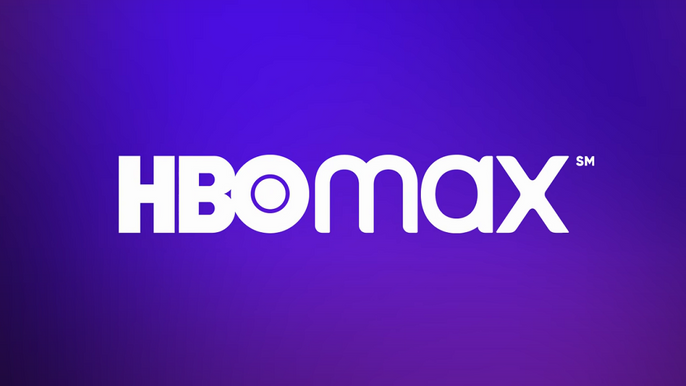
What Will Ads Look Like on HBO Max?
Launched May 27, 2020, Warner Media’s new streaming service HBO Max has been getting a lot of buzz for its strong lineup of content including headlines like Friends, DC Justice League, and Game of Thrones. And, while the current service is ad-free, an ad-supported version of the service has been announced for 2021.
What will the new ad-supported platform look like? Here’s our top predictions based on current industry trends for OTT streaming:
Prediction #1: Ads will include story arcs.
While this is ultimately up to the advertisers themselves, it makes sense that the creative direction of these commercials will mimic the form and style of the content it airing alongside to minimize disruption to the viewer.
In traditional TV advertising, video creatives follow short-form narratives and are produced in a manner that reflects typical narrative TV content. The viewer is engaged in a mindset where they are primed to follow a storyline and plot.
Compare this to YouTube advertising, for example, where the consumer mindset is primed to consume a different format and style of video. A great example of this are the YouTube Curology campaigns that feature real-life users who explain to the viewers exactly how use of the product has benefited them, similar to Youtube product reviews and vloggers.
That same ad, aired against narrative television, likely wouldn’t have the same impact, because the viewer is primed for a different media experience.
Prediction #2: Ads will be 15 or 30 seconds, and be non-skippable, pre-roll and post-roll.
Industry Trend: the majority of OTT is this length. 97% of all OTT ads are either 15 or 30 seconds. According to Extreme Reach, 30 second ads made up 64% of connected TV ad impressions, while 15 second ads made up only 33% of Q2 impressions. Six second ads saw a decline of 7%, year over year. DTC brand advertising on CTV performed especially well in terms of time spent on 30 second ads, with an average of 28 seconds in Q1 and 27 seconds in Q2.
Users are accustomed to pre-roll ads, but detest in-stream ads that disrupt the flow of the content — sometimes at unplanned moments. This is particularly the case with Gen Z audiences, who report that the more disruptive the ad, the more unfavourably they look at the ad. However, in-stream has a high likelihood of being included as an ad format, as other ad-supported streaming services like Roku and Hulu include them.
Prediction #3: Potential for shoppable content.
One of the biggest trends for 2020, shoppable content has been on the rise. NBCUniversal became the first national broadcaster to implement shoppable content into their programming. Live streaming shoppable products in real-time during virtual events has also been a solution for many retail brands.
But there’s yet to be a streaming platform with shoppable video capabilities. WarnerMedia has expressed interest in this with Larry Allen, WarnerMedia Ad Sales’ vice president of ad product strategy sharing in January of 2020:
“Our work with TheTake is really the first time we will be able to make shoppable experiences on our linear networks seamless, with the first rollout on LG televisions this year… Their AI technology, which helps identify what’s on-screen and ties it to an ecommerce opportunity, is unique and, more importantly, scalable. We’re excited to see how consumers embrace this format this year.”
With little other details at this point, we’ll have to wait to see how HBO Max innovates the OTT streaming industry in 2021!